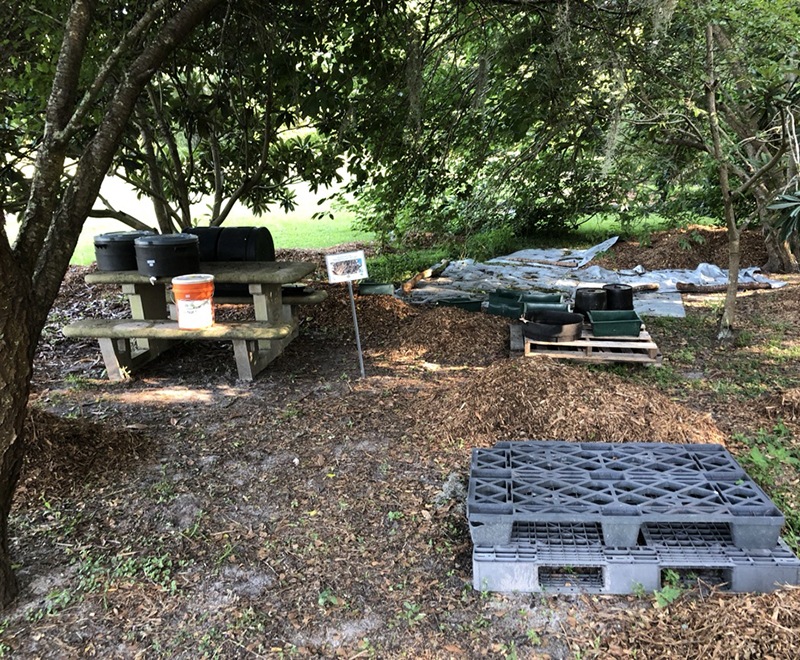Demonstration Areas
The Experiential Learning Lab facilities include demonstration areas related to composting and gardening, water harvesting, bioenergy production and overall soil health. Explore the areas below to learn more.
-
Algal ponds
Algae as a Feedstock for Biofuel Production
Algae have the potential to serve as a sustainable biofuel source. Algal ponds are designed to harness the prolific growth of various microalgae species, such as Chlorella and Spirulina, which can be converted into biofuels. Algal ponds are strategically constructed to provide optimal conditions for photosynthesis, including access to sunlight, nutrient-rich water, and controlled temperatures. The algae utilize carbon dioxide and sunlight to undergo photosynthesis, converting atmospheric carbon into organic compounds, serving as a promising feedstock for biofuel production.
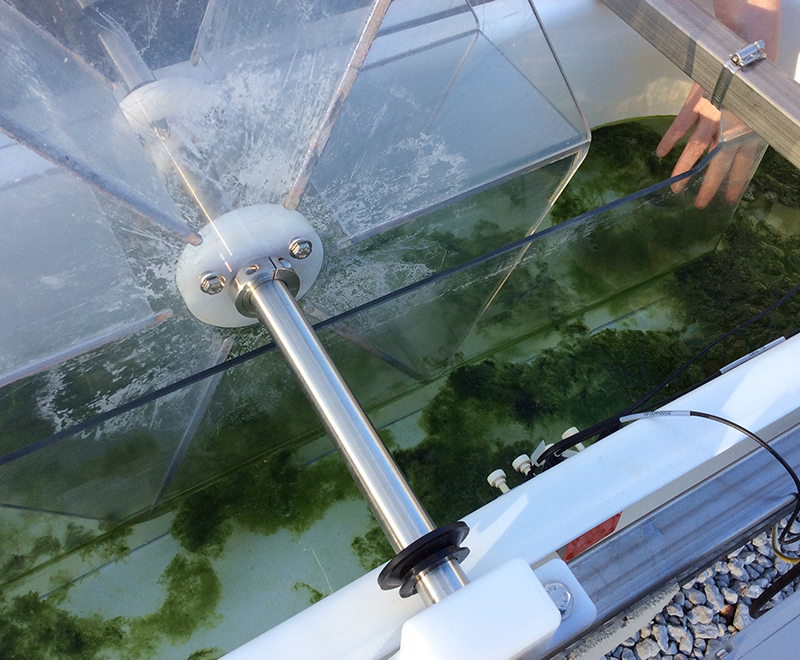
-
Bioenergy Crops
Bioenergy Crops as Feedstock for Biogas Production
Sugarcane, sorghum, and napier grass are examples of bioenergy crops that can be grown as a source of cellulosic fiber for bioenergy production. Sugarcane grown at the Experiential Learning Lab is harvested for the bagasse that is used in biogas production.
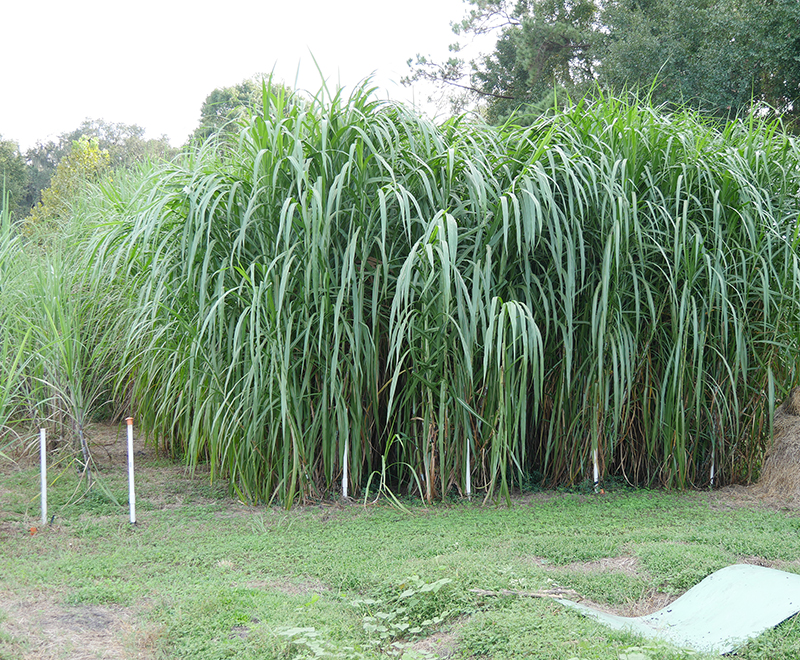
-
Biogas/Biodigestion
Biogas
Biodigesters
The Experiential Learning Lab has several demonstration biodigesters. The inflatable storage tank attached to this biodigester holds the methane gas produced from the biodigestion process.
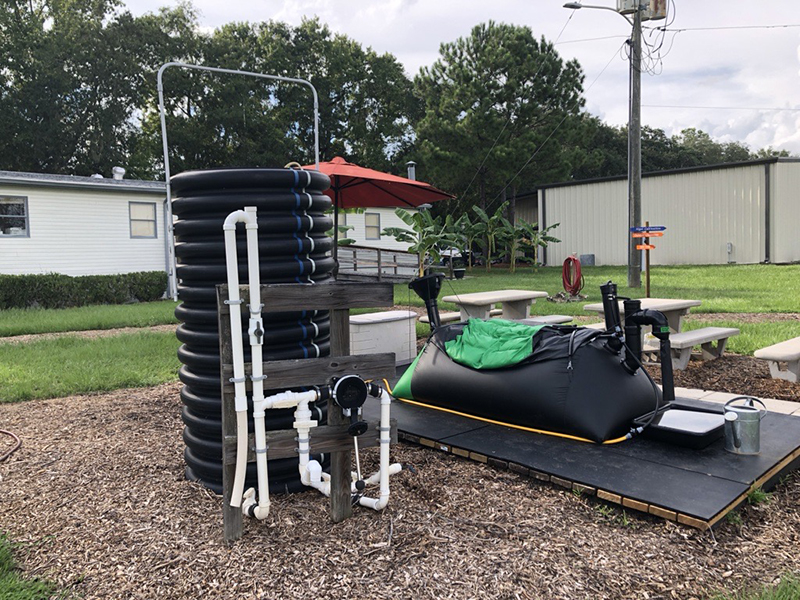
-
Composting
Composting
The Experiential Learning Lab demonstrates various composter styles and includes the Compost Cooperative and Gardens (CCG), which provides a place for students and the UF community to bring their food waste to be composted. For more information, see:
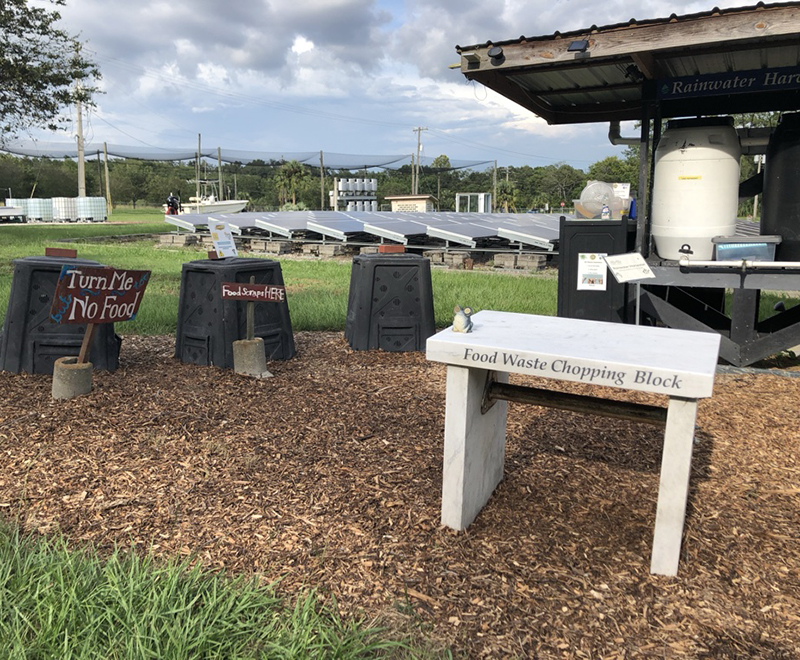
-
Greenhouse
Greenhouse
The greenhouse on site is available for experiments or to start field or garden plants.
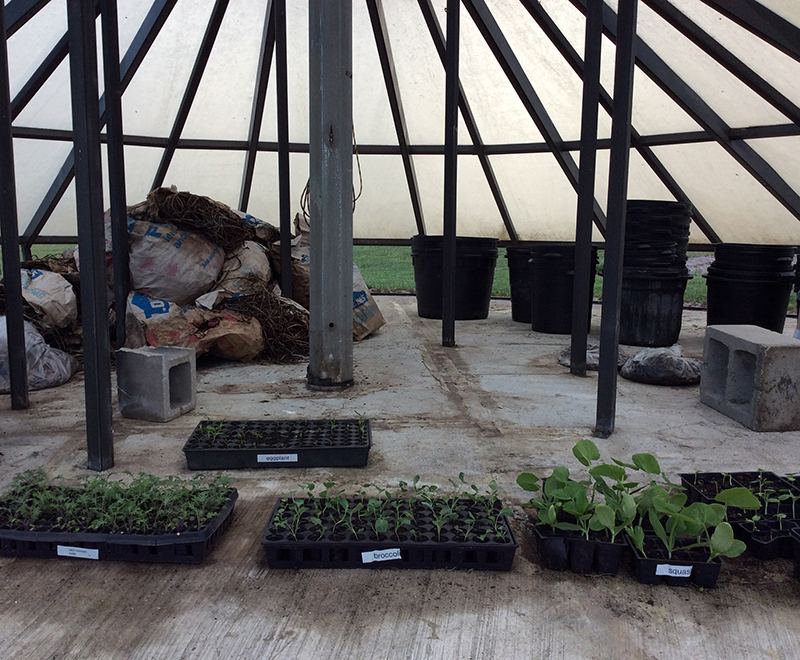
-
Organic Gardens
Organic Gardens
Composting is closely tied to organic gardening. One of the central tenants of organic gardening is returning organic matter (e.g,. compost) to the soil. In nature there are no synthetic fertilizers; nutrients are derived almost exclusively from decaying organic matter in the soil. To complete this cycle of returning compost to the soil, the SCC maintains an organic garden. This garden is open to anyone interested in developing or practicing their skills in gardening. We encourage all members of the SCC to take a turn at organic gardening. It is extremely rewarding to harvest produce that you grew yourself. As an organic garden, we use no synthetic fertilizers or pesticides and rely on nutrients from the compost and from biofertilizer produced from our anaerobic digesters. The garden, a 20 ft. x 60 ft. plot, is located immediately adjacent to the composters. We practice raised-bed gardening due to the tendency of the ground to flood in the rainy season. There are currently 8 raised beds and 12 large pots for container gardening.
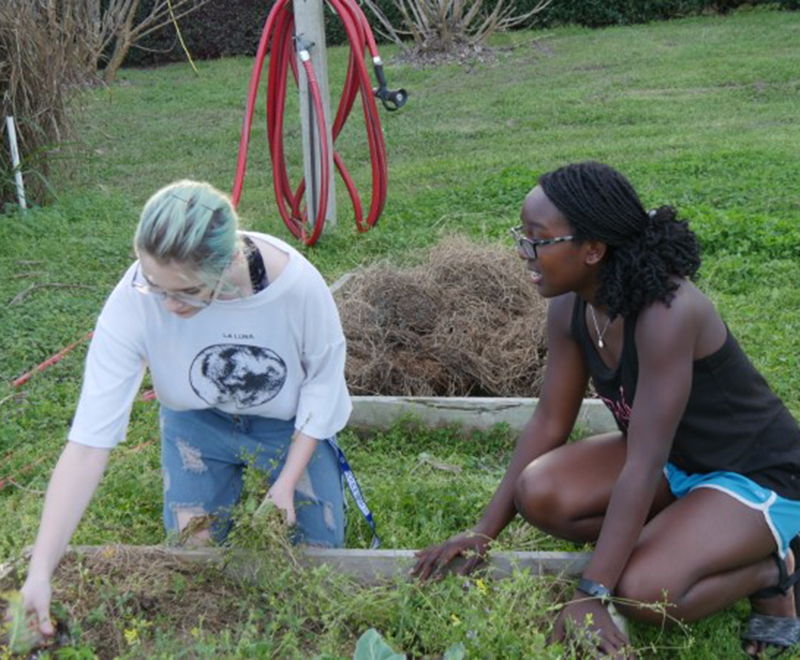
-
Rainwater Harvesting
Rainwater Harvesting
Near the composting and garden area is a rainwater harvesting station, where two 50-gallon tanks collect rainwater from the station roof and store it for watering plants and as an outdoor cleaning area.
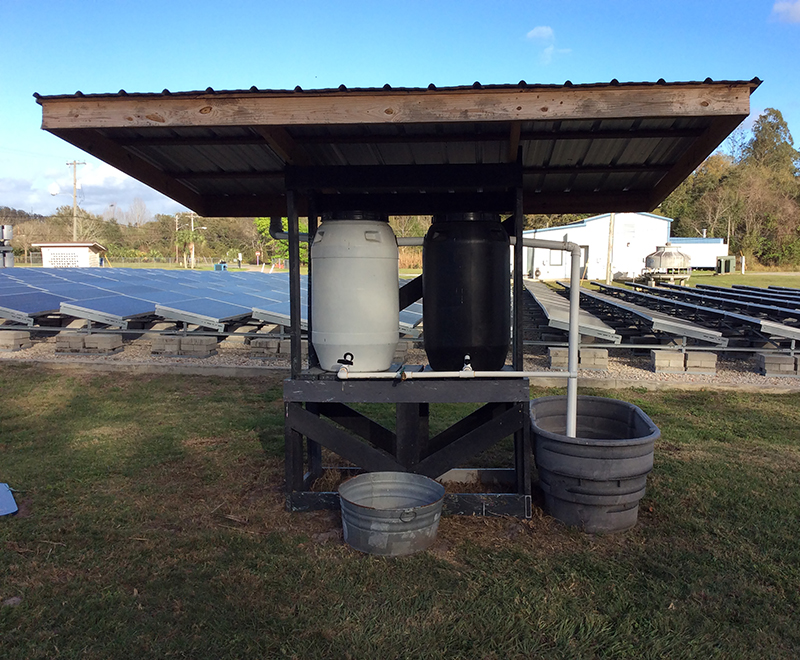
-
Teaching and Research Plots
Teaching and Research Plots
Field plots are available at the Experiential Learning Lab for departmental and CALS faculty to use for class or other research projects.
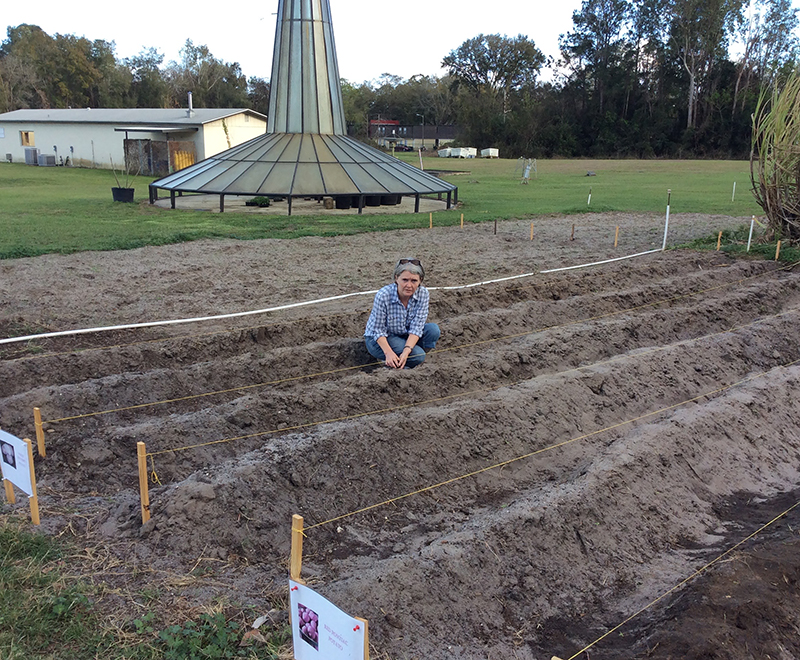
-
Vermicomposting
Vermicomposting
Vermicomposting is composting with worms to transform food scraps and other organic waste into a valuable soil amendment. Earthworms are maintained in layers in vermicompost containers and together with microorganisms they break down the organic materials, resulting in a nutrient-rich mixture called vermicompost or worm castings. This dark, earthy substance is filled with the microorganisms that create and maintain healthy soil.
For more information, see the Vermicomposting page.
